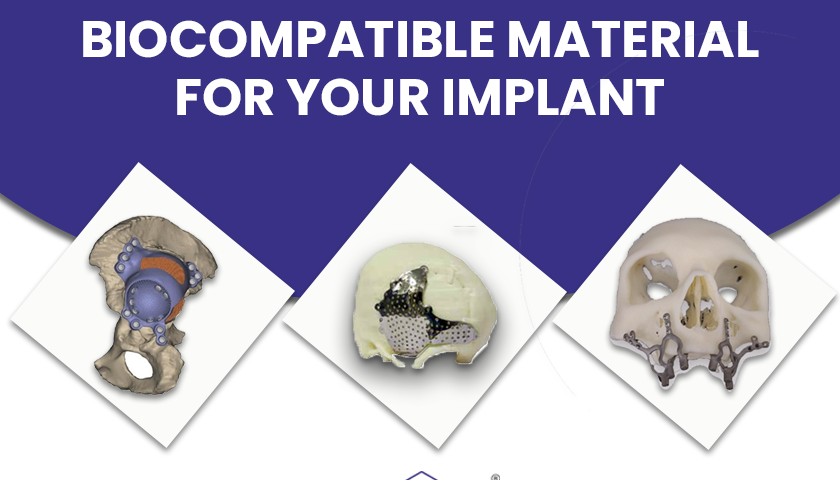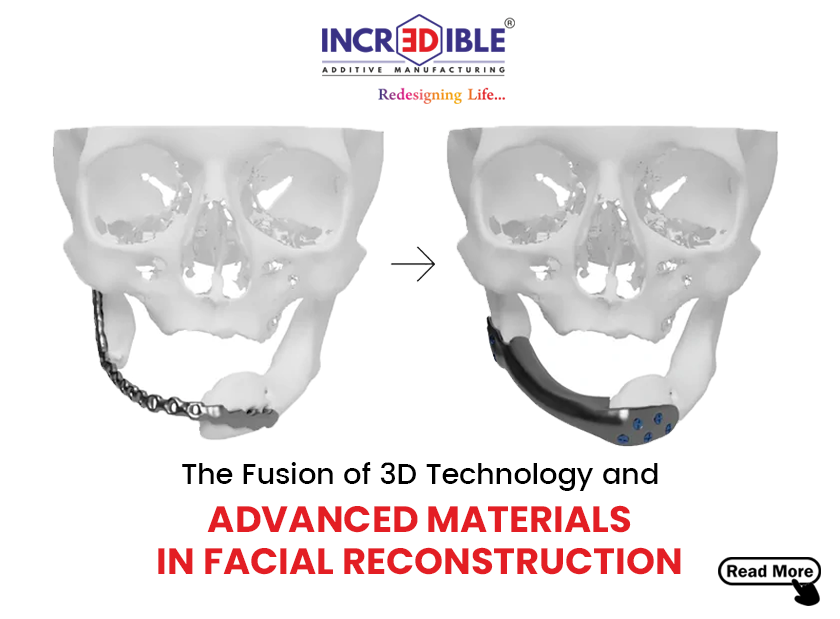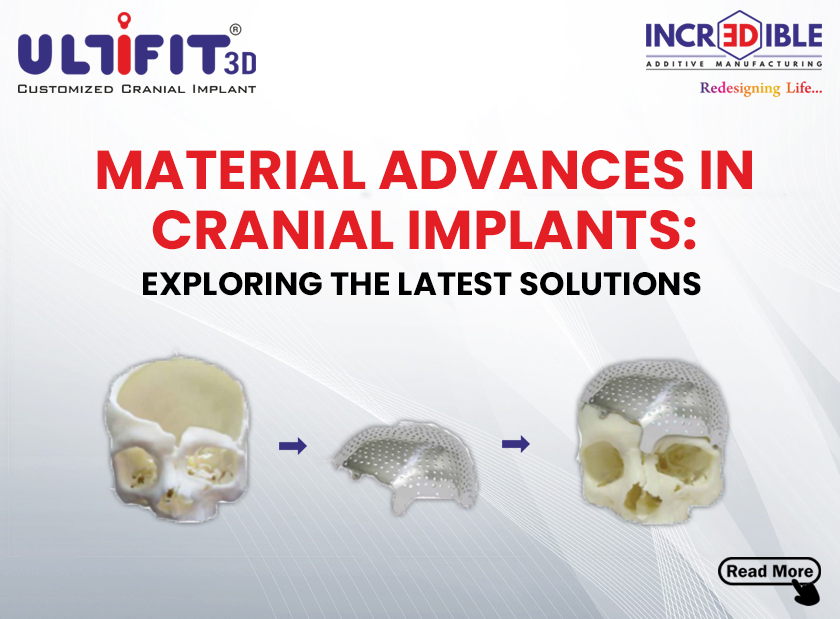The field of medical implants has made remarkable advances in recent years, transforming the lives of millions by providing solutions to various health problems. The materials used to construct an implant are critical to its success. This blog delves into the crucial aspect of biocompatible materials, examining the significance of choosing the right material for medical implants and how it affects patient outcomes.
Understanding Biocompatibility
Biocompatibility is the foundation for successful implant design. It describes a material’s ability to interact with the human body without causing harm or eliciting an immune response. In medical implants, optimal biocompatibility is critical to ensuring the implant’s integration, functionality, and longevity within the host organism.
Common Biocompatible Materials
1. Titanium and Titanium Alloys
Titanium and its alloys have become indispensable in the field of medical implants because of their exceptional biocompatibility. This corrosion-resistant metal has low reactivity with biological tissues, which reduces the risk of adverse reactions. Titanium’s biocompatibility promotes osseointegration, resulting in a strong bond between the implant and surrounding bone. Its low modulus of elasticity closely resembles natural bone, reducing stress shielding. Furthermore, titanium’s corrosion resistance in physiological environments guarantees long-term stability and functionality. These properties make titanium and its alloys ideal for various medical implants, including orthopedic and dental implants, which improve patient outcomes and quality of life.
2. PMMA
Polymethyl methacrylate (PMMA) is a biocompatible material widely used in medical implants. PMMA, known for its stability and inertness, is widely used in procedures such as bone cement for joint replacements and dental implants. PMMA’s biocompatibility ensures minimal adverse reactions with surrounding tissues, while its ability to integrate with bone improves implant stability. Furthermore, PMMA has good mechanical properties, making it ideal for load-bearing applications. PMMA, as a versatile and biocompatible material, plays a crucial role in improving implant success and longevity, thereby contributing to medical procedure advancement and patient well-being.
3. PEEK
Polyetheretherketone (PEEK) stands out as a biocompatible material for medical implants due to its unique properties. PEEK, which is widely used in orthopaedic and spinal implants, is highly biocompatible, resulting in minimal tissue reactivity. Its radiolucency enables clear imaging, which aids in post-implantation assessments. PEEK’s biomechanical compatibility is similar to natural bone, reducing stress-shielding effects. Furthermore, its lightweight design and corrosion resistance aid in long-term implant success. As a result, PEEK has become a popular choice for various implants, offering a dependable and well-tolerated solution in the ever-changing field of medical technology.
Advanced Coatings and Surface Modifications
In addition to selecting the appropriate base material, engineers frequently use advanced coatings or surface modifications to improve biocompatibility. These coatings can enhance tissue integration, decrease inflammation, and promote long-term stability.
Future Trends and Innovations
Researchers investigate new materials and manufacturing techniques to improve implant biocompatibility. Biodegradable materials, nanotechnology and 3D printing are creating new opportunities for personalised, patient-specific implants that reduce the risk of rejection while improving overall outcomes.
Conclusion
Researchers are actively exploring new materials and manufacturing techniques to enhance implant biocompatibility. The advent of biodegradable materials, advancements in nanotechnology, and the widespread adoption of 3D printing are opening up innovative possibilities for personalized, patient-specific implants. These developments not only reduce the risk of rejection but also contribute to improved overall outcomes in the dynamic field of medical technology.




